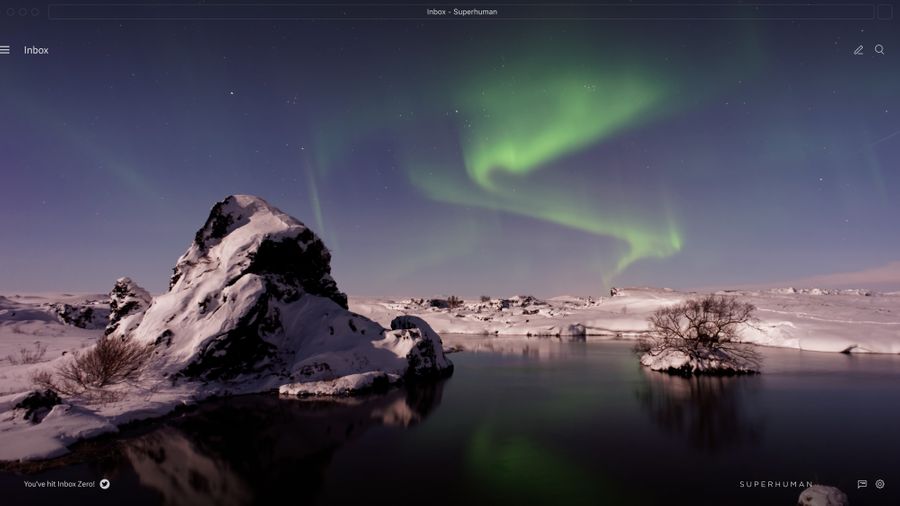
Powerful stories can be worth billions.
With the right story, you can close investors, captivate customers, and inspire your team toward your next big milestone.
The most powerful stories have 3 key ingredients — and the way you tell them will make or break your startup. Let's dive in…
Finding your story: the hero's journey
As Superhuman's CEO, I tell the company's story to media, investors, and our growing team. And as an angel investor, I listen to other founders share their own origin stories, eureka moments, and stratospheric ambitions.
The stories are legion, but the goal is the same: your listeners should fall in love with you, your product, and your vision!
How to do this: Structure your story around the Hero's Journey. This is the narrative arc framing ancient myths, the Star Wars trilogy, and some of the best pitches I've heard. Use 3 key ingredients:
1. Call to adventure
Even if your story is short on elves, barbarians, and clashes of sword, you can still compose a gripping tale. Your story needs a hero — your customer! Appeal to resonant truths: deeply held beliefs about the human condition, like our drive for success, and persistence through adversity.
Example: The hero is stressed, behind on their email, and struggling to be a great colleague, partner, or parent. But our hero believes that success comes to those who strive for it. The hero hears a call to adventure: Superhuman! Perhaps they could do their email twice as fast…
2. Victory over crisis
The hero struggles to overcome adversity; their foes might be pain points, or even your competitors. Fortunately, a wise sage guides the hero's path. In Star Wars, this is Yoda. For your startup, it is your team or product!
Example: First, our hero hesitates. They're busy, stuck in old habits, and Superhuman is a great unknown. But finally, they heed the call to adventure — and are trained by the wise sage — aka Superhuman's onboarding specialists. Armed with formidable new email powers, they face their greatest challenge: the myriad fears that fester at the bottom of their inbox. The hero survives and triumphs!
3. Transformation
Your story doesn't end with your hero surmounting a challenge; they must be transformed for the long-term. Look to the enduring benefits your product creates — and the emotions they inspire.
Example: Our hero achieves Inbox Zero and their workflow is forever transformed. They are free to be their best self, as a colleague, partner, or parent — and inspire others to do the same!
Remember: storytelling isn't spin, it's strategy. So if your story doesn't flow, something is missing — and you can use the Hero's Journey to figure out what.
Telling your story: the power of neural coupling
Your heroic storyline will command attention. But telling it in a fluent, personal way will elicit emotion. Your story will then have impact long after it has been told: emotionally engaging narratives inspire post-narrative action.
Whether you orate over Zoom or converse over coffee, great narratives have incredible impact: neural coupling. Your listeners' neurons will fire in the same pattern as yours — as if they are experiencing the story themselves!
Here's how to do this:
- Adopt a laughing mindset. Set up callbacks, then reference them later in the story. This mimics the rhythm of a 2-way conversation, flooding your listeners' brains with oxytocin — the neurochemical elixir that builds trust.
- Use the Bar Test. How would you tell your story to a stranger at a bar? Practice telling your story without visual aids, to someone who has no context. This forces you to be succinct — you'll focus on the most exciting elements, and this will make your story memorable.




